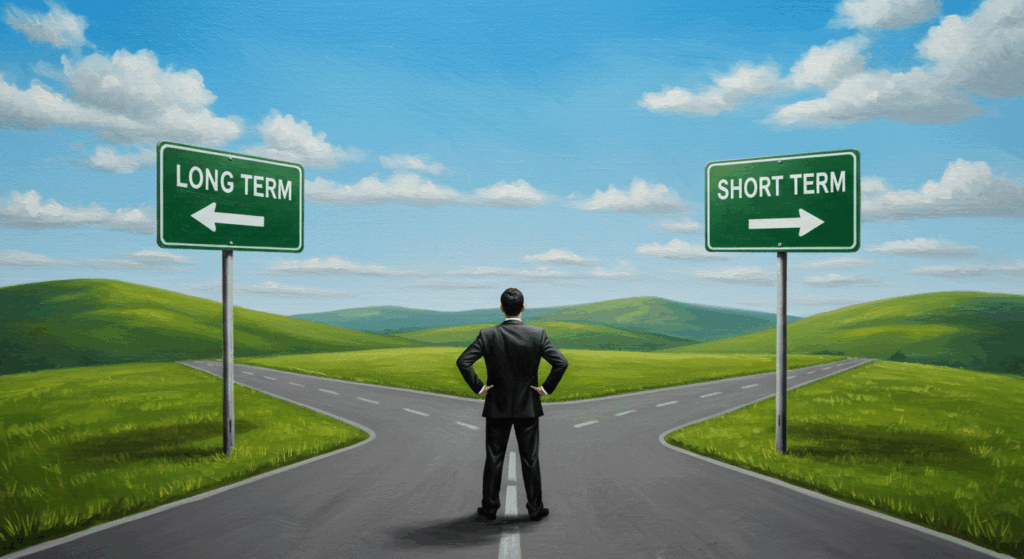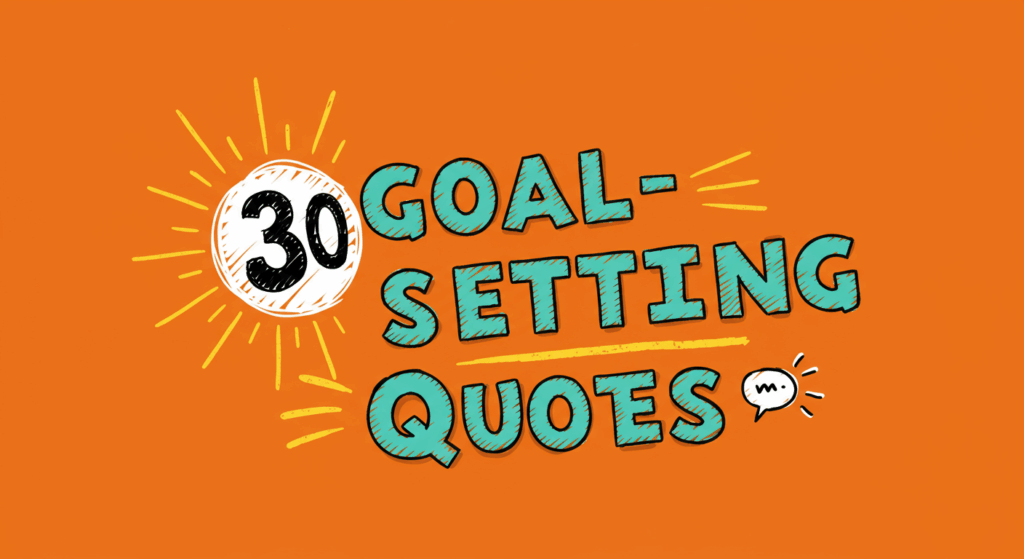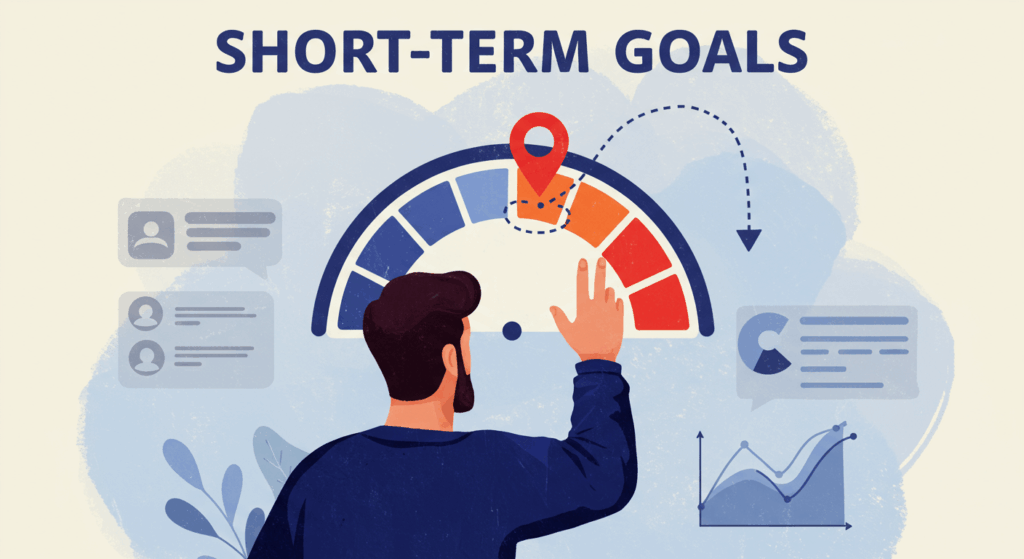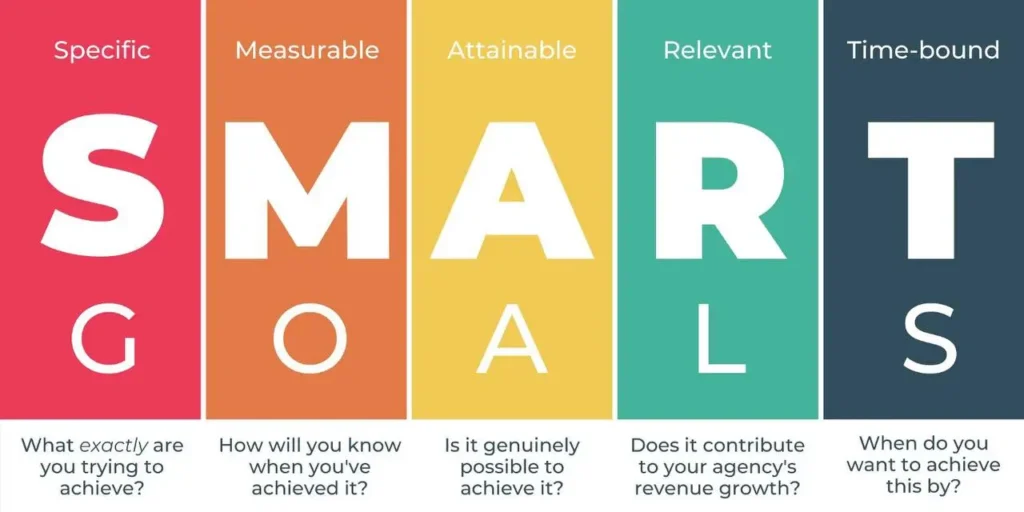You know what? I’ve been hearing this question a lot lately, and honestly, it’s one of those things that makes me pause and think. Like, we all know freelancing exists, but full-time freelancing? Is that actually… real? Or is it just some Instagram-perfect fantasy where people pretend to work from coffee shops while secretly stressing about their next paycheck?
Well, here’s the thing – it’s definitely real. And trust me, the numbers back it up.
The Reality Check: Full-Time Freelancing by the Numbers
Let’s get straight to the facts because, honestly, I was pretty surprised when I first looked into this. About 36% of people freelancing in the US now do so full-time – that’s up by 8% since 2019. That’s more than one in three freelancers who’ve basically said “goodbye” to traditional employment.
And we’re not talking about a tiny niche here. The freelance market is projected to reach a value of $455.2 billion by 2023 (and grow past $500b in 2025). I mean, that’s serious money we’re talking about – the kind that makes you realize this isn’t just a side hustle anymore.
But here’s what really got my attention: In 2025, on average, a full-time freelancer works for 43 hours per week. So much for the “work less, earn more” fantasy, right? These folks are putting in real hours – about the same as any regular job.
So What Does “Full-Time Freelancing” Actually Mean?
Okay, let’s be honest here. When I first heard about full-time freelancing, I had this image of someone who just… freelances a lot? But it’s actually more structured than that.
Full-time freelancing basically means you’re treating freelancing as your main source of income, not just something you do on weekends or after your “real job.” You’re dedicating those 40+ hours a week to client work, business development, and all the admin stuff that comes with running your own show.
The Money Talk (Because We All Want to Know)
Let’s address the elephant in the room – can you actually make decent money doing this? Well, 31% of freelancers earn $75,000+ a year. That’s… actually not bad at all. Some are doing way better than their corporate counterparts.
But here’s the reality check: 67% of freelancers working full time expect their income to rise in the next year. Notice that word “expect”? Yeah, freelancing income can be pretty unpredictable. One month you might be celebrating a $10K project, the next you’re eating ramen and wondering where all your clients went.
The Good, The Bad, and The “Wait, What Did I Sign Up For?”
The Freedom Everyone Talks About
Look, I’m not going to lie – the flexibility is pretty amazing. You want to work at 2 AM because that’s when you’re most creative? Go for it. Need to take a random Tuesday off because your friend’s in town? Nobody’s stopping you.
64% of freelancers state that no amount of money will take them back to traditional 9-5 work. That’s a pretty strong statement, right? Once people get a taste of that freedom, they’re hooked.
But – and there’s always a but – freedom comes with responsibility. And by responsibility, I mean a lot of stuff you probably never thought about when you were dreaming of escaping your cubicle.
The Reality Behind the Instagram Posts
Here’s what nobody really tells you about full-time freelancing: you become a one-person business overnight. Marketing, accounting, customer service, project management – congratulations, you’re now wearing all the hats.
Full-time employees generally receive comprehensive packages from their employers, unlike freelancers, who are usually responsible for their own benefits, such as health insurance, retirement plans, and paid time off.
Suddenly, those company benefits you used to complain about start looking pretty good, you know? Health insurance alone can be a nightmare to navigate when you’re on your own.
Is Full-Time Freelancing Right for You?
This is where it gets personal, and honestly, there’s no one-size-fits-all answer. I’ve seen people absolutely thrive in the freelance world, and I’ve seen others crash and burn spectacularly.
You Might Love It If…
You’re the type of person who gets energized by variety. If doing the same thing every day makes you want to scream, freelancing might be your jam. Every project is different, every client brings new challenges, and you’re constantly learning.
Also, if you’re naturally self-motivated, you’re already ahead of the game. Nobody’s going to check if you’re actually working, set your deadlines, or remind you to follow up with clients. It’s all on you.
But Maybe Think Twice If…
If uncertainty makes you break out in hives, full-time freelancing might not be your best bet. Freelancing offers flexibility, diverse opportunities and the potential for higher earnings but comes with income instability and a lack of benefits.
That income rollercoaster? It’s real. One month you might land three big clients, the next month they all finish their projects at the same time and you’re back to square one.
The Middle Ground: Does It Have to Be All or Nothing?
Here’s something I find interesting – not everyone goes straight to full-time freelancing. A lot of people start with part-time freelancing while keeping their day job. It’s like dipping your toe in the water before diving into the deep end.
Part-Time Freelancing is for newbies. And honestly? There’s nothing wrong with being a newbie. It gives you a chance to build up your client base, figure out your rates, and learn all those business skills without the pressure of needing to pay rent from freelance income alone.
Building Your Safety Net
Smart freelancers – the ones who actually make it long-term – they don’t just jump into full-time freelancing without a plan. They build up their client base, save some money, and have a pretty good idea of what they can earn before they make the leap.
69% of employers surveyed hired freelancers after layoffs in 2023–2024, and over 99% plan to do so in 2025. The demand is definitely there, but you still need to position yourself to take advantage of it.
The Growth is Real (And Kinda Crazy)
The freelancing world isn’t slowing down anytime soon. The number of freelancers in the United States is expected to grow to 79.6 million by 2025 and to 90.1 million by 2028.
That’s a lot of people choosing the freelance life. And younger generations? They’re leading the charge. According to Freelance Statistics by Statista, younger generations are increasingly considering freelancing as a realistic career route.
Makes sense when you think about it. Technology has made it easier than ever to work remotely, and after everything that happened with COVID, both workers and employers have gotten more comfortable with flexible arrangements.
My Take: It’s Definitely a Thing, But…
So, is full-time freelancing even a thing? Absolutely. The numbers don’t lie, and millions of people are making it work. But – and this is important – it’s not for everyone.
It takes a certain type of person to thrive in that environment. You need to be comfortable with uncertainty, good at managing your time, and willing to learn a bunch of skills that have nothing to do with your actual expertise.
But if you can handle all that? The potential is pretty incredible. 59% of non-freelancers say it is likely that they will do freelance work in the future. Even people in traditional jobs are looking at this option.
The Bottom Line
Full-time freelancing is real, it’s growing, and for the right person, it can be incredibly rewarding. But it’s not a magic solution to work-life balance problems, and it definitely isn’t easier than traditional employment – it’s just different.
If you’re thinking about making the jump, my advice? Start small. Try some freelance projects on the side, see how you like it, and build up from there. There’s no rule that says you have to go all-in from day one.
And remember – whether you choose full-time freelancing, part-time freelancing, or stick with traditional employment, what matters most is finding something that works for your lifestyle, your goals, and your sanity. Because at the end of the day, we’re all just trying to figure out how to make a living doing something we don’t completely hate, right?









